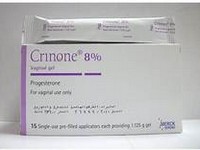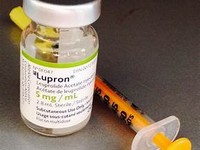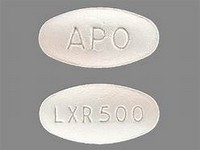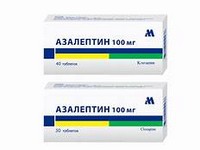Estramustine phosphate

Estramustine phosphate
CLINICAL USE
Alkylating agent:Prostate cancerDOSE IN NORMAL RENAL FUNCTION
0.14–1.4 g daily in divided doses (usual initial dose 560–840 mg daily)PHARMACOKINETICS
DOSE IN RENAL IMPAIRMENT
GFR (mL/MIN)
DOSE IN PATIENTS UNDERGOING RENAL REPLACEMENT THERAPIES
IMPORTANT DRUG INTERACTIONS
Potentially hazardous interactions with other drugsADMINISTRATION
Reconstition
–Route
OralRate of Administration
–Comments
Don’t give less than 1 hour before or 2 hours after mealsOTHER INFORMATION
Can cause fluid retention so use with caution in renal impairmentEstramustine phosphate sodium is rapidly dephosphorylated in the intestine and prostate to estramustine and estromustine, which accumulate in the prostatic tissue. The plasma half-lives of these metabolites are
See how to identify renal failure stages according to GFR calculation
See how to diagnose irreversible renal disease
Home








